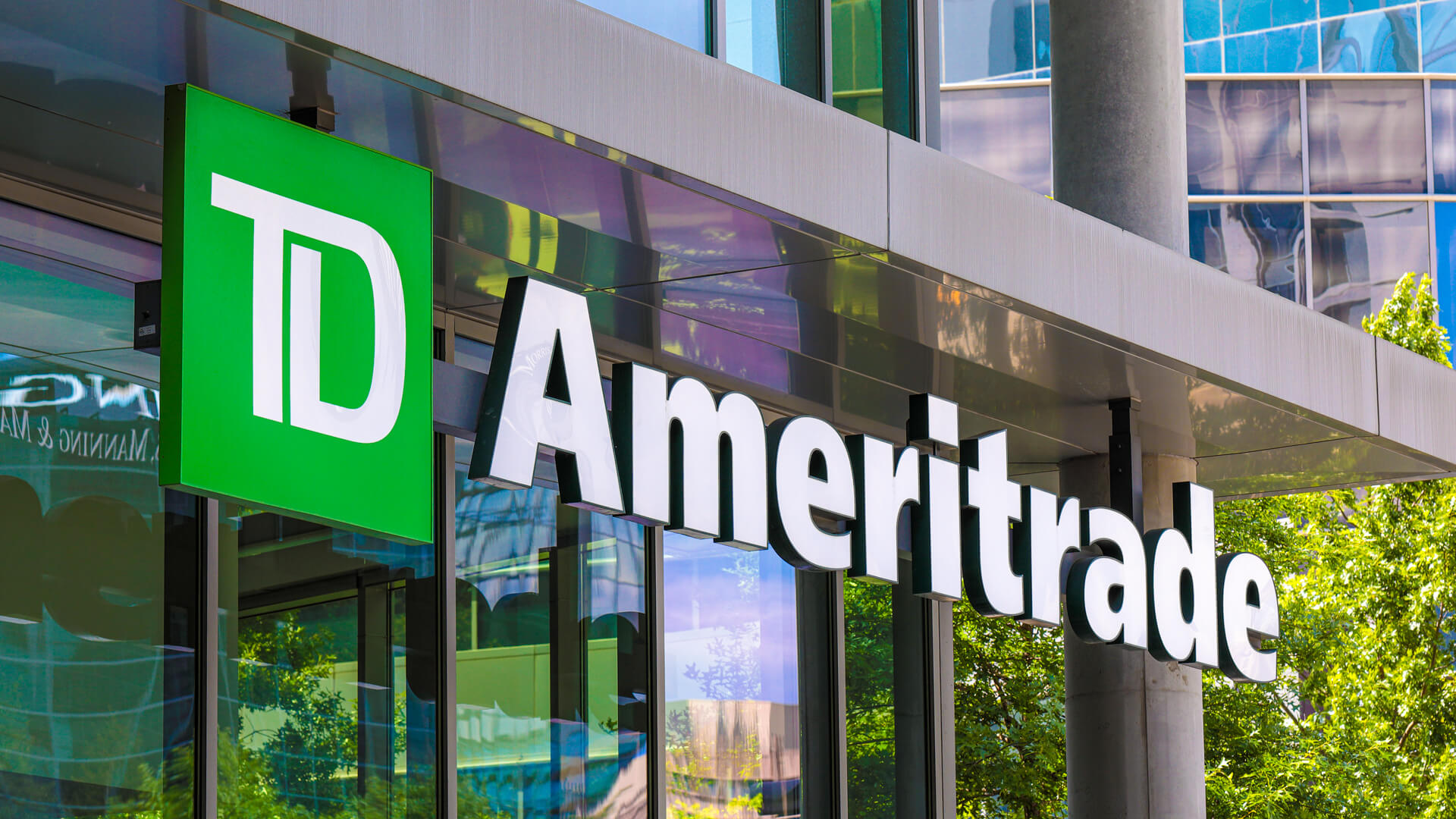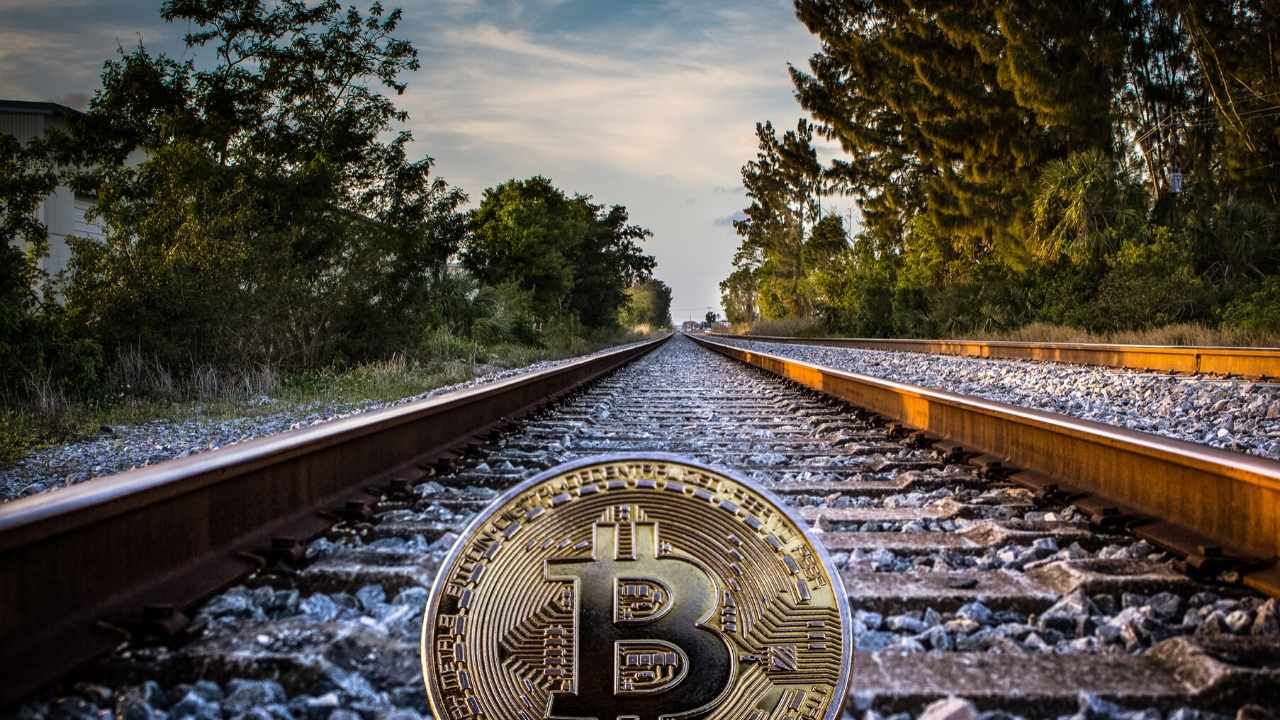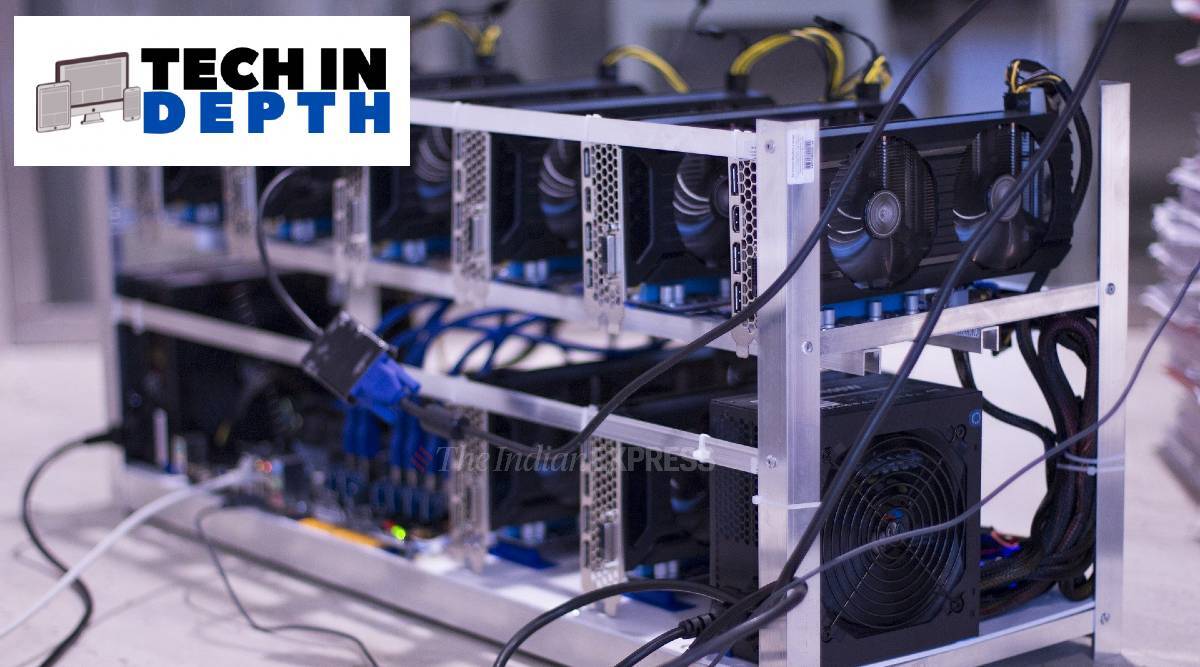
When looking at the benefits and risks of yield farming, a common question investors ask is "Should I invest in DeFi?" There are several reasons to do so. One reason is the potential yield farming to make significant profits. Early adopters can expect high token rewards and a rise in their value. This allows them to make a profit by selling token rewards and then reinvest the earnings, which will allow them to reap more income. Yield farming is a proven investment strategy that can generate significantly more interest than conventional banks, but there are risks involved. DeFi is more risky than traditional banks because interest rates can fluctuate.
Investing to grow yield farms
Yield Farming is an investment strategy that allows investors to earn token rewards for a portion their investments. These tokens will increase in price very quickly and can then be resold to make a profit, or reinvested. Yield Farming can offer higher returns than traditional investments but comes with high risk, such as Slippage. Furthermore, an annual percentage rate is not accurate during periods of high volatility in the market.
You can check the Yield Farming project's performance on the DeFi PulSE website. This index represents the total amount of cryptocurrency that is locked into DeFi lending platforms. It also includes the total liquidity in DeFi liquidity pools. Investors use the TVL index to evaluate Yield Farming projects. You can find this index on the DEFI PULSE site. This index's growth indicates investors are optimistic about this type of project.
Yield farming, an investment strategy that relies on decentralized platforms to supply liquidity to projects, is called a yield farm. Yield farming, unlike traditional banks, allows investors to make significant cryptocurrency profits from the sale of idle tokens. This strategy is based on smart contracts and decentralized exchanges, which allow investors automate financial transactions between two parties. In return for investing in a yield farm, an investor can earn transaction fees, governance tokens, and interest from a lending platform.

Identifying a suitable platform
Although it might seem like an easy process, yield farming can be difficult. Yield farming can lead to collateral loss, which is one of the many risks. Also, many DeFi protocols are built by small teams with limited budgets, which increases the risk of bugs in the smart contract. There are some ways to minimize the risk of yield farm by choosing a suitable platform.
Yield farming is a DeFi application that allows users to borrow and loan digital assets using smart contracts. These platforms are decentralized financial institutions that provide trustless opportunities for crypto holders, who can lend their holdings to others using smart contracts. Each DeFi application comes with its own functionality and unique characteristics. This will influence the way yield farming is performed. Each platform has its own rules and conditions when it comes to lending or borrowing crypto.
Once you've found the right platform you can begin reaping the rewards. Your funds should be added to a liquidity reserve in order to achieve a profitable yield farming strategy. This is a system consisting of smart contract that powers a platform. Users can borrow or exchange tokens on this platform to earn fees. Users are paid for lending their tokens. If you are looking for an easy way to get started with yield farming, you might consider a smaller platform that lets you invest in a wider range of assets.
The identification of a metric that measures the health of a platform
A key factor in the success and sustainability of the industry is the identification of a measurement to determine the health of a platform for yield farming. Yield farming refers to the practice of earning rewards using cryptocurrency holdings such as Ethereum or bitcoin. This process can be described as staking. Yield farming platforms partner with liquidity providers to add funds into liquidity pools. Liquidity providers earn a reward for providing liquidity, usually from the platform's fees.

Liquidity can be used as a measure to assess the health of yield farming platforms. Yield farming, a type of liquidity mining that operates using an automated market maker model, is a form. In addition to cryptocurrencies and tokens, yield farming platforms offer tokens which are tied to USD or another stablecoin. The value of funds provided by liquidity providers and the rules that govern trading costs are the basis for the rewards.
A key step to making an investment decision is to determine a measure that will be used to evaluate a yield farm platform. Yield farming platforms can be volatile and subject to market fluctuations. These risks can be mitigated by yield farming, which is a form or staking that allows users to stake cryptocurrency for a set amount of time for a fixed sum of money. Lenders and borrowers should be aware of the risks involved in yield farming platforms.
FAQ
Ethereum is possible for anyone
Ethereum is open to anyone, but smart contracts are only available to those who have permission. Smart contracts are computer programs designed to execute automatically under certain conditions. They allow two parties to negotiate terms without needing a third party to mediate.
What Is An ICO And Why Should I Care?
An initial coin offering (ICO), is similar to an IPO. However, it involves a startup and not a publicly traded company. A startup can sell tokens to investors to raise funds to fund its project. These tokens are shares in the company. They're usually sold at a discounted price, giving early investors the chance to make big profits.
What is the next Bitcoin?
Although we know that the next bitcoin will be completely different, we are not sure what it will look like. It will be distributed, which means that it won't be controlled by any one individual. It will likely use blockchain technology to allow transactions to be made almost instantly without going through banks.
Statistics
- In February 2021,SQ).the firm disclosed that Bitcoin made up around 5% of the cash on its balance sheet. (forbes.com)
- Something that drops by 50% is not suitable for anything but speculation.” (forbes.com)
- While the original crypto is down by 35% year to date, Bitcoin has seen an appreciation of more than 1,000% over the past five years. (forbes.com)
- As Bitcoin has seen as much as a 100 million% ROI over the last several years, and it has beat out all other assets, including gold, stocks, and oil, in year-to-date returns suggests that it is worth it. (primexbt.com)
- Ethereum estimates its energy usage will decrease by 99.95% once it closes “the final chapter of proof of work on Ethereum.” (forbes.com)
External Links
How To
How to invest in Cryptocurrencies
Crypto currencies are digital assets which use cryptography (specifically encryption) to regulate their creation and transactions. This provides anonymity and security. Satoshi Nakamoto invented Bitcoin in 2008, making it the first cryptocurrency. There have been numerous new cryptocurrencies since then.
The most common types of crypto currencies include bitcoin, etherium, litecoin, ripple and monero. The success of a cryptocurrency depends on many factors, including its adoption rate and market capitalization, liquidity as well as transaction fees, speed, volatility, ease-of-mining, governance, and transparency.
There are many options for investing in cryptocurrency. One way is through exchanges like Coinbase, Kraken, Bittrex, etc., where you buy them directly from fiat money. Another method is to mine your own coins, either solo or pool together with others. You can also purchase tokens using ICOs.
Coinbase is one of the largest online cryptocurrency platforms. It lets you store, buy and sell cryptocurrencies such Bitcoin and Ethereum. It allows users to fund their accounts with bank transfers or credit cards.
Kraken is another popular cryptocurrency exchange. It lets you trade against USD. EUR. GBP.CAD. JPY.AUD. However, some traders prefer to trade only against USD because they want to avoid fluctuations caused by the fluctuation of foreign currencies.
Bittrex is another popular exchange platform. It supports over 200 cryptocurrencies and provides free API access to all users.
Binance is a relatively young exchange platform. It was launched back in 2017. It claims it is the world's fastest growing platform. It currently trades volume of over $1B per day.
Etherium is a blockchain network that runs smart contract. It relies upon a proof–of-work consensus mechanism in order to validate blocks and run apps.
In conclusion, cryptocurrencies are not regulated by any central authority. They are peer-to-peer networks that use decentralized consensus mechanisms to generate and verify transactions.